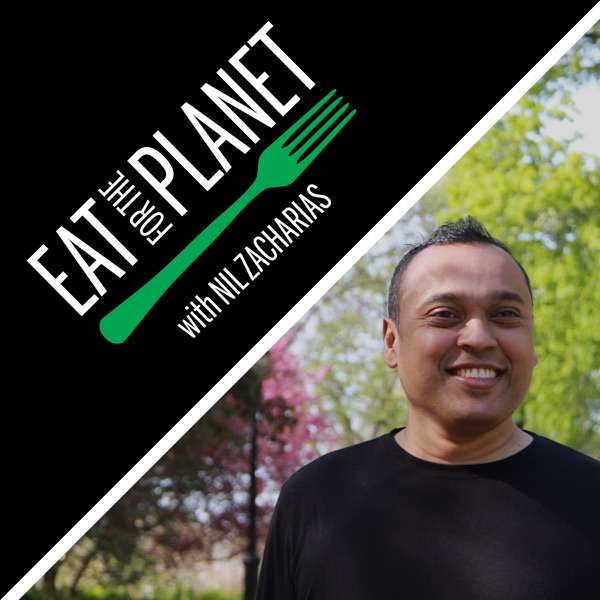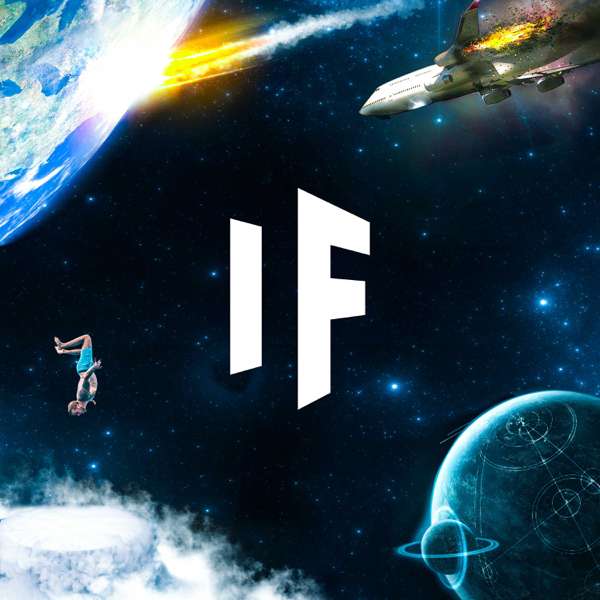If someone offered you the chance to drop everything, fly to Hawaii, and spend four months trapped in a dome with seven strangers in the name of science, would you do it? For writer Kate Greene, the answer to that question was a resounding “yes.” Greene was one of eight people selected to crew the very first HI-SEAS Mars analogue mission in 2013. In her recent book Once Upon a Time I Lived on Mars, she looked back on that time and what it taught her about the psychological challenges of long-haul space travel.
For decades, NASA has been running simulations on Earth to prepare astronauts for their time in space. But the six HI-SEAS missions taking place between 2013 and 2018 represented a shift in thinking towards the logistics of journeying to the red planet. The very first mission focused on something we all spend a lot of time thinking about: food. Greene’s crew spent four months in a habitat on the side of Hawaii’s Mauna Loa Volcano, tasked with chronicling their relationship to food over time to better understand a phenomenon called “menu fatigue.” They noted down what they craved, what they grew bored with, and what might keep them interested in their meals. Later missions lasted even longer, and focused on team cohesion, communication, and cooperation.
These simulated missions highlight the inherent contradiction in what NASA looks for in long-haul astronaut candidates, says Greene. They need someone who doesn’t bore easily, who gets along well with others, who is averse to drama and risk-taking yet willing to jet off to another planet.
Greene knew going in that she’d be living in cramped quarters with people she barely knew. She knew that she’d be limited to a small selection of shelf-stable and rehydrated “instant” meals. But the mission also affected Greene in ways she didn’t expect, forcing her to challenge her own preconceived notions about herself.
In this episode of AGU’s podcast Third Pod from the Sun, AGU chatted with Greene about the qualities NASA might look for in a Mars-bound astronaut, what she packed for Mars, what she missed during her time in the dome, and how her experience compared to the isolation of our pandemic year.
This episode was produced by Rachel Fritts and mixed by Kayla Surrey.

 Our TOPPODCAST Picks
Our TOPPODCAST Picks  Stay Connected
Stay Connected







